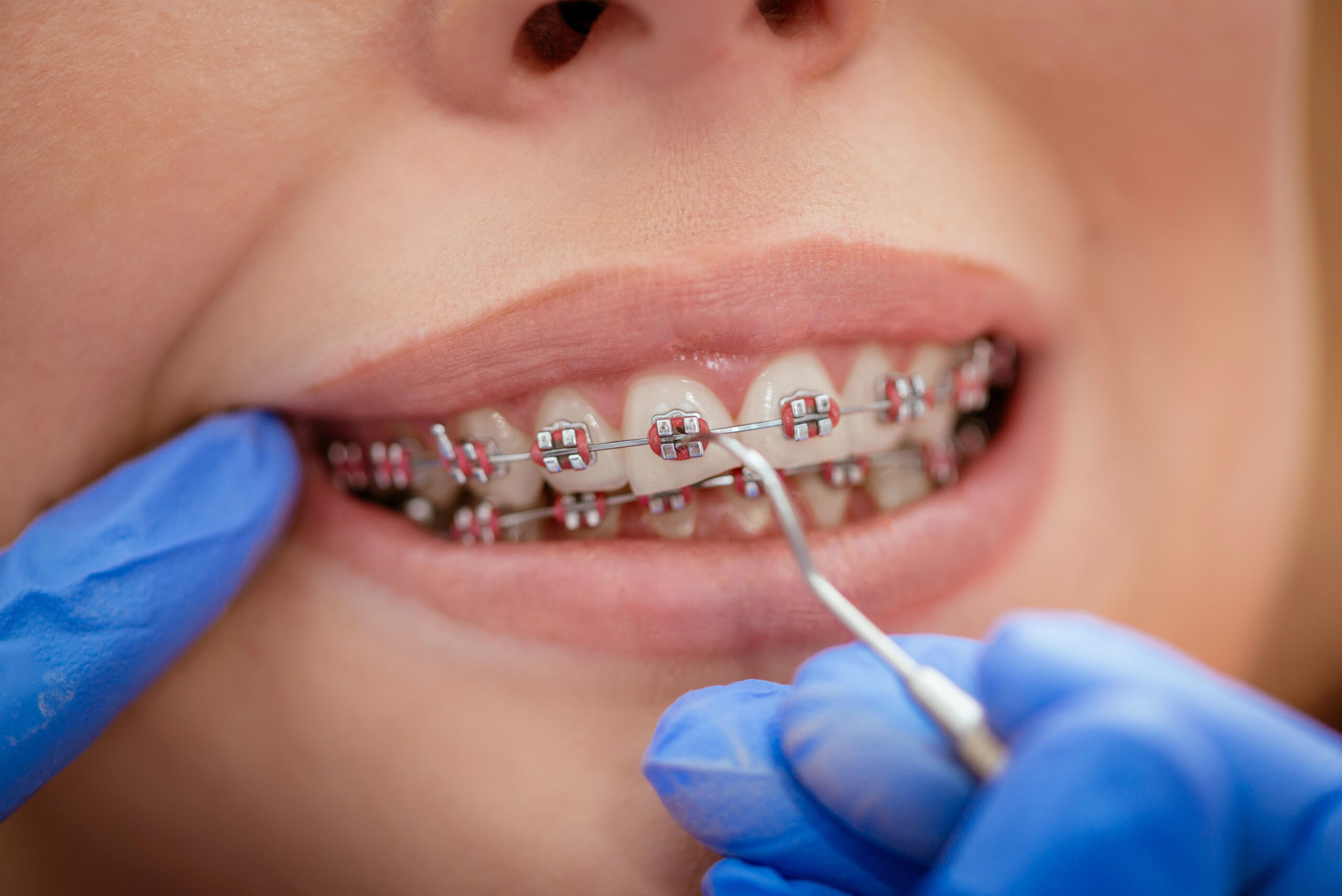When considering Damon Braces vs Traditional Braces: Which is Better?, it’s essential to understand that both options have unique features and benefits. Damon braces often promise a more comfortable experience with fewer adjustments, while traditional braces are known for their reliability and effectiveness in treating various orthodontic issues.
Comfort and Fit Comparison
When considering Damon braces vs traditional braces, comfort and fit are crucial factors that many individuals evaluate. Traditional braces often involve metal brackets and wires that can sometimes cause discomfort due to their bulkier design. The wires are typically adjusted manually, which can lead to pressure and soreness after each orthodontic visit. On the other hand, Damon braces are designed with a more streamlined approach, potentially offering a more comfortable experience. Their self-ligating mechanism allows for gradual adjustments, which may reduce the frequency of discomfort associated with tightening sessions.
In terms of fit, the debate between Damon braces vs traditional braces also highlights differences in how they adapt to the teeth over time. Traditional braces rely on elastic ties to hold the wire in place, which can sometimes create friction and pressure. Conversely, Damon braces utilize a sliding mechanism that allows the wire to move more freely, potentially resulting in a more natural fit as the teeth shift into their desired positions. For those interested in exploring further distinctions between these orthodontic options, the article Self-Ligating Braces vs Traditional Braces: A Comparison provides additional insights.
Damon Braces vs Traditional Braces
When considering orthodontic options, one of the key factors that patients often evaluate is the treatment duration. Damon braces and traditional braces differ significantly in this aspect. Damon braces are known for their self-ligating system, which allows for a more streamlined process, potentially reducing the overall treatment time. This system uses a slide mechanism to hold the wire, which can result in fewer adjustments and visits to the orthodontist.
On the other hand, traditional braces typically require more frequent adjustments due to their elastic ties, which can extend the treatment duration. The difference in treatment time between Damon braces vs traditional braces can be a deciding factor for many individuals seeking orthodontic care. For those interested in exploring their options further, learning about Traditional Braces in Gig Harbor can provide additional insights into the differences between these two popular orthodontic treatments.
Aesthetic Appeal Factors
When considering orthodontic options, aesthetic appeal is a significant factor for many individuals. The visual impact of braces can influence personal confidence and social interactions. Some options are designed to be less noticeable, blending more seamlessly with the natural color of teeth, which can be appealing for those conscious about their appearance during treatment. The choice between different types of braces often hinges on how discreet they appear, as well as how they align with one’s lifestyle and personal preferences. The aesthetic aspect is an important consideration, as it can affect the overall satisfaction with the orthodontic process.
Maintenance and Care Needs
When considering Damon braces vs traditional braces, understanding the maintenance and care needs of each option is crucial. Traditional braces often require regular adjustments and meticulous cleaning to prevent plaque buildup around the brackets and wires. On the other hand, Damon braces are designed to be more self-sufficient, potentially reducing the frequency of orthodontic visits and simplifying oral hygiene routines. Both types of braces demand a commitment to maintaining oral health, but the specific care requirements can vary significantly. For those in the Gig Harbor area seeking more information, visiting Gig Harbor Dentist could provide further insights into these orthodontic options.
Cost Considerations Overview
When comparing Damon braces vs traditional braces, the cost is a significant factor that many individuals consider. The overall expense can vary based on several elements, including the complexity of the dental issues being addressed and the duration of the treatment. While both options aim to achieve similar results, the financial investment required may differ. It’s important to understand that costs can fluctuate depending on geographic location and the specific orthodontic practice. Additionally, insurance coverage and payment plans can also influence the final out-of-pocket expenses for either Damon braces or traditional braces.
Technology and Innovation Insights
In the ongoing debate of Damon braces vs traditional braces, technology and innovation play a pivotal role in shaping the orthodontic landscape. The advancements in orthodontic technology have led to the development of systems that aim to enhance comfort and efficiency. These innovations focus on improving the patient experience by utilizing cutting-edge materials and design techniques. As the field continues to evolve, understanding the technological differences between Damon braces and traditional braces can provide valuable insights into how modern orthodontics is adapting to meet diverse needs.
Popularity and Trend Analysis
In recent years, the debate of Damon braces vs traditional braces has gained significant traction, reflecting a growing interest in orthodontic solutions. Online search trends indicate a steady increase in queries related to both types of braces, suggesting a heightened awareness and curiosity among individuals seeking orthodontic treatment. Social media platforms and online forums are abuzz with discussions comparing the two, highlighting personal experiences and outcomes. This surge in popularity can be attributed to the evolving landscape of dental care, where patients are more informed and eager to explore their options. As the conversation around Damon braces vs traditional braces continues to evolve, it underscores a broader trend toward personalized and informed decision-making in orthodontics.
Patient Experience Stories
When exploring the topic of Damon braces vs traditional braces, patient experience stories provide valuable insights into the journey of orthodontic treatment. Many individuals have shared their personal experiences, highlighting the differences they noticed in comfort, appearance, and overall satisfaction. Some patients report feeling more at ease with one type of braces over the other, while others focus on the aesthetic appeal or the duration of their treatment. These narratives offer a glimpse into the diverse experiences people have had, helping to paint a broader picture of what one might expect when choosing between Damon braces and traditional braces.
Long-term Results Examination
When considering the long-term results of Damon braces vs traditional braces, it’s important to understand how each option impacts dental alignment over time. Both types of braces aim to correct misaligned teeth and improve oral health, but they may achieve these goals through different mechanisms and timelines. The choice between Damon braces and traditional braces can influence factors such as treatment duration, comfort, and the stability of the results. While some individuals may experience quicker adjustments with one type, others might find that the other offers more consistent outcomes in the long run. Ultimately, the effectiveness of Damon braces vs traditional braces in delivering lasting results can vary based on individual dental needs and conditions.
Conclusion
In the debate of Damon braces vs traditional braces, understanding your options is key; for more information, call 253-851-9473 or check out the reviews on Google Maps.

